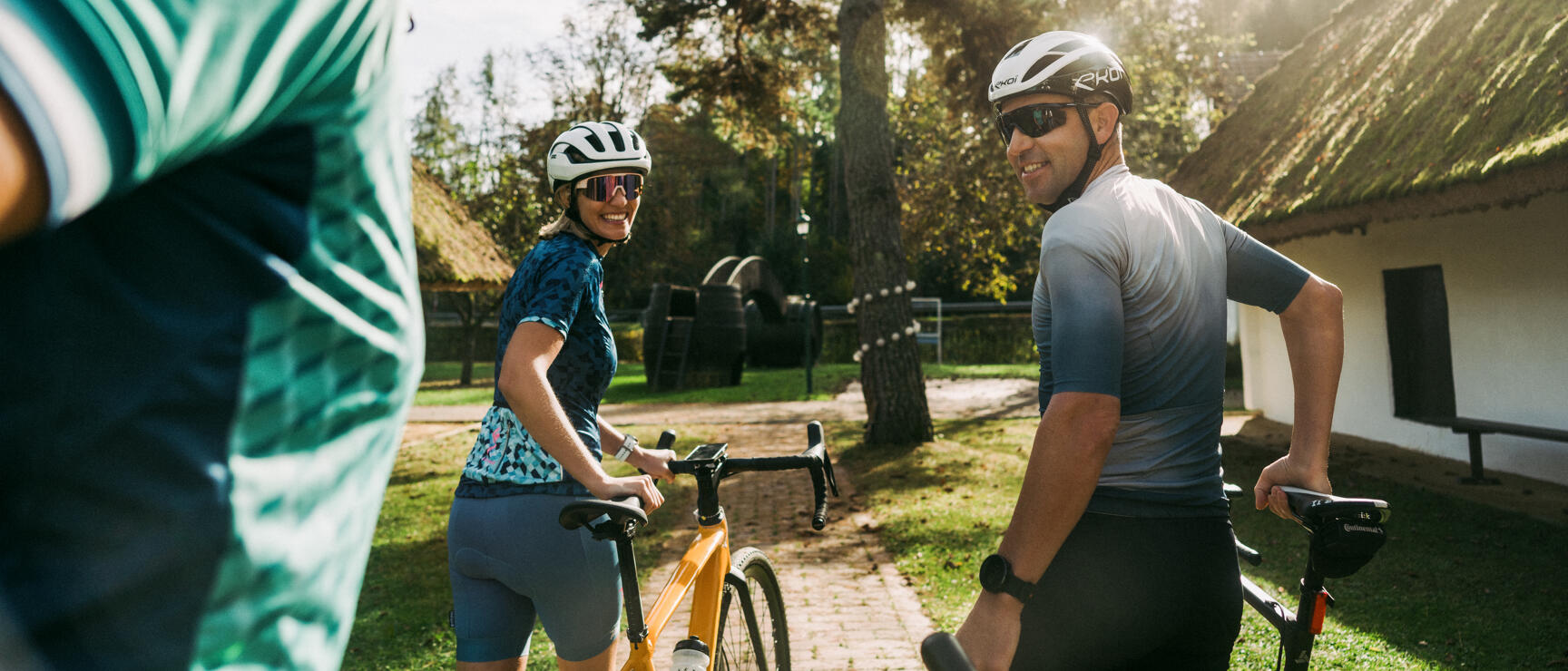
Cycling in Austria
Joy of Life on Two Wheels
Discover, Enjoy, Repeat
Cycling is a great way to treat yourself and enjoy freedom - it’s simply a joy. Austria is the perfect place for it. Well-marked paths take you through stunning natural landscapes by lakes, up challenging mountains, and into relaxed rides through cities and quaint villages. Austria’s cycling routes and mountain bike trails cover all nine regions, with plenty of sights and places to stop along the way.
Whether you decide to cycle for just a few hours or multiple days, every pedal stroke will boost your happiness. Cycling in Austria connects places - and people.